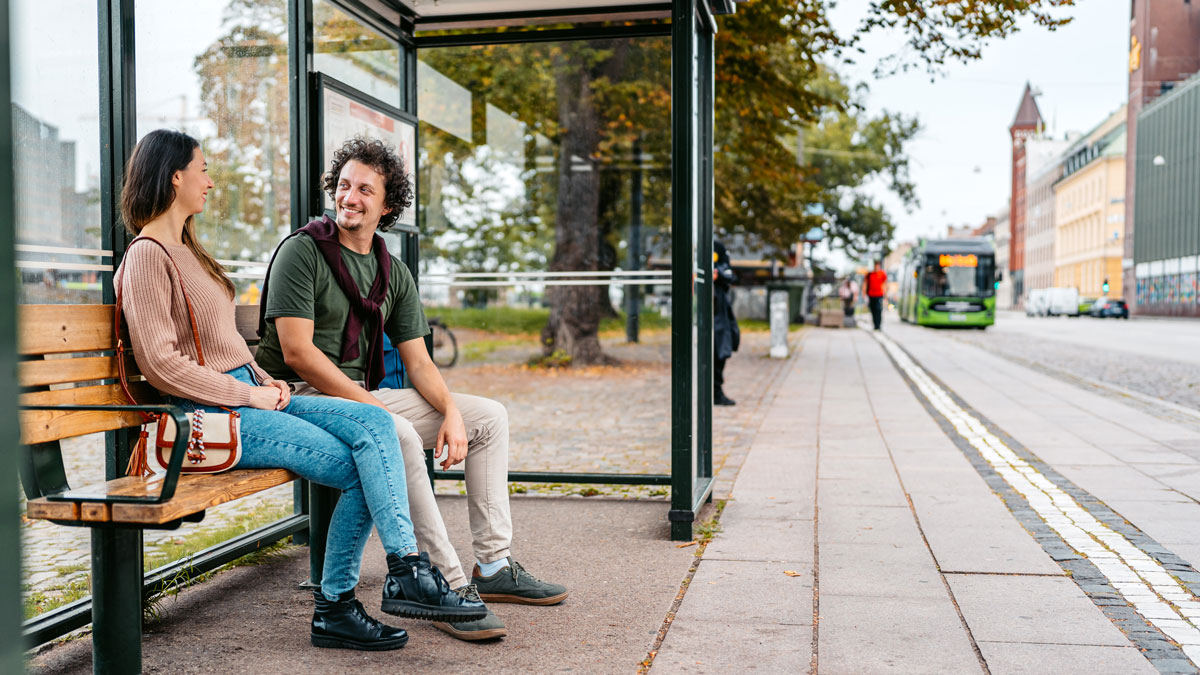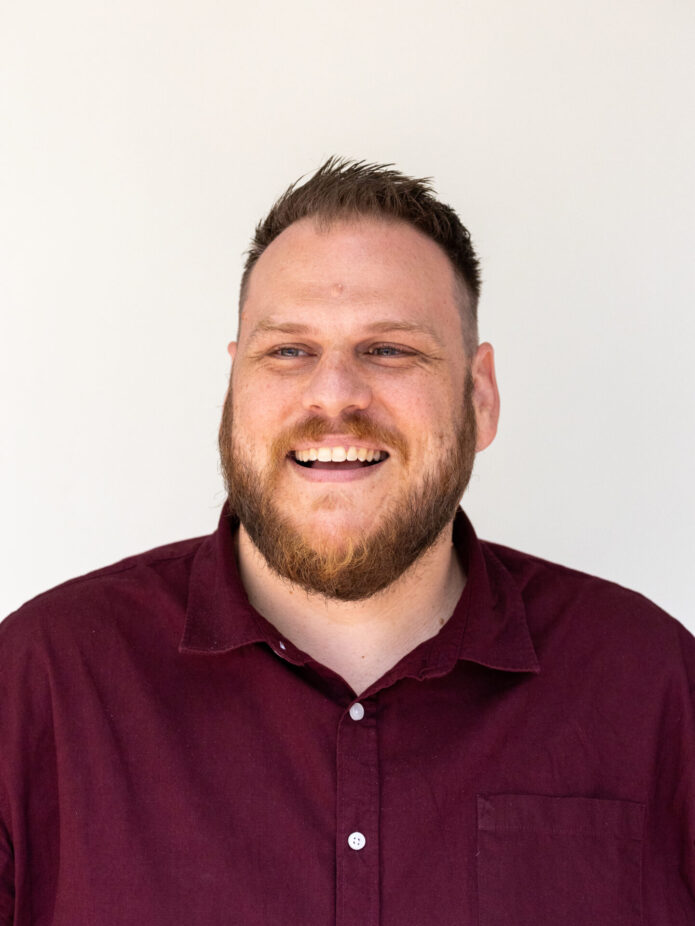I love visiting Seventh-day Adventist churches in other parts of the world. On a recent trip to the UK, my wife and I spent our only Sabbath there at Crieff church in Scotland. The choruses were well-known, the décor could easily have been from a church in this part of the world. The service itself was familiar, it felt like home. The sermon was solid; there was nothing unusual, just a normal Adventist church service on the other side of the world.
One neat addition to the church foyer was a visitor book, where people can write their names and where they are from. We saw a number of Australian visitors (including some names we recognised), giving an even stronger feeling that we were with family. Wherever we go in the world, we can find our church family.
The woman who welcomed us was warm and friendly. We felt glad to have driven the 40 minutes or so it took for us to get there.
We also met two young men from Brazil, recently arrived in Scotland, who have dedicated a year of their lives to ministering to young people, Bible work and helping the Scottish Mission where they can. They were also visiting Crieff church that day with the Mission’s youth director, who was preaching.
It was inspiring to see that they had uprooted their lives to go across the world to a language and culture not their own, under the compulsion of mission.
The Crieff church, no stranger to mission service, was built as a Maranatha project by a fly‘n’build team from the US.
Yet as we spoke with one of the young missionaries, and the lady who welcomed us, over lunch, we were struck by the fact that our Western “Christian” countries are now the ones that need missionaries in some ways.
According to the Seventh-day Adventist yearbook, there are 743 Adventists in Scotland—a country of 5.5 million people (2023). That means for every one Adventist, there are 7443 people.
And Scotland is now a majority atheist country, after its 2022 census showed that 51.5 per cent of the population said they have no religion. In other words, Scotland, a country Christianity reached in the 500s— a country that sent out famous missionaries such as Robert Moffat, David Livingstone, Eric Liddell—is now a mission field.
There are also mission fields on our doorstep. I visited Thailand for the first time this year, where we heard a presentation about how hard it is to reach the majority Buddhist population. The church in Thailand has only 17,000 members but when you compare it to the population there is one Adventist for every 3300 members or so (perhaps surprisingly a better ratio than Scotland).
At the meetings I attended, I met a young man who has moved his family to Thailand to help start an English language school and plant a church. Inspiring to say the least.
Our concept of what a missionary is, must update and change from what it was in the past. A missionary is no longer a white, Western Christian taking the gospel to remote parts of the globe. We can all be involved in mission. We have young Papua New Guineans serving in the Digital Mission Academy in the Philippines. Wouldn’t it be a dream to send young people from around the Pacific throughout our partner in mission division, the South-Eastern Asia Division? But the missionary spirit isn’t limited to international mission. Pacific Islanders are serving in Australia and New Zealand, just as people from those places are serving around the world.
And you can be part of that missionary spirit too. There are needs in your neighbourhood. Share a Signs, start or join a soup kitchen or clothes drive, or even just be a neighbour who listens and bakes cakes and serves your neighbourhood.
As a church, we need to remain connected to mission. Taking part in the mission that’s in our DNA, gives us a chance to remain healthy. If not, we may stagnate and struggle to stay relevant. Where is your mission field? If you can’t answer that question, why not pray and ask God today?






